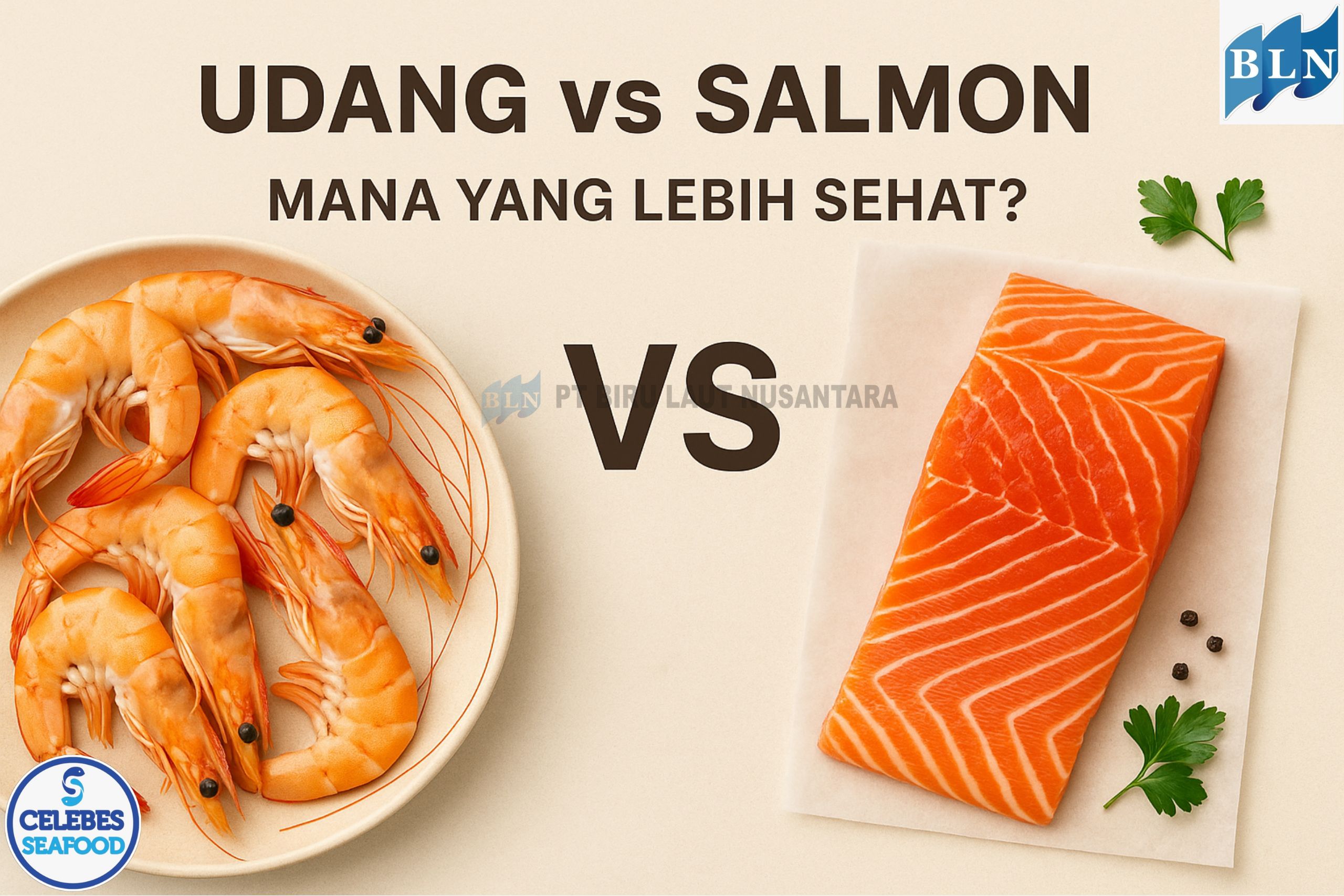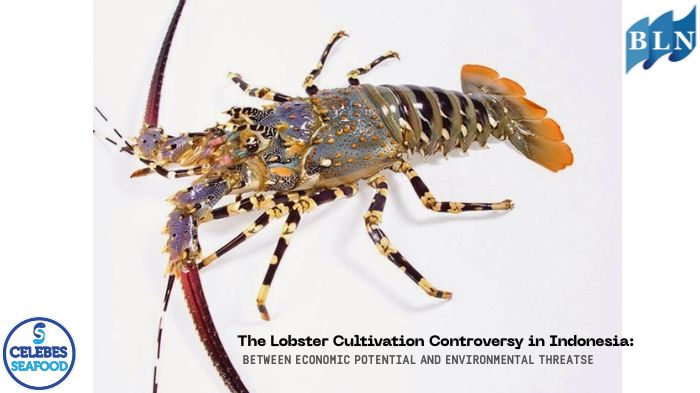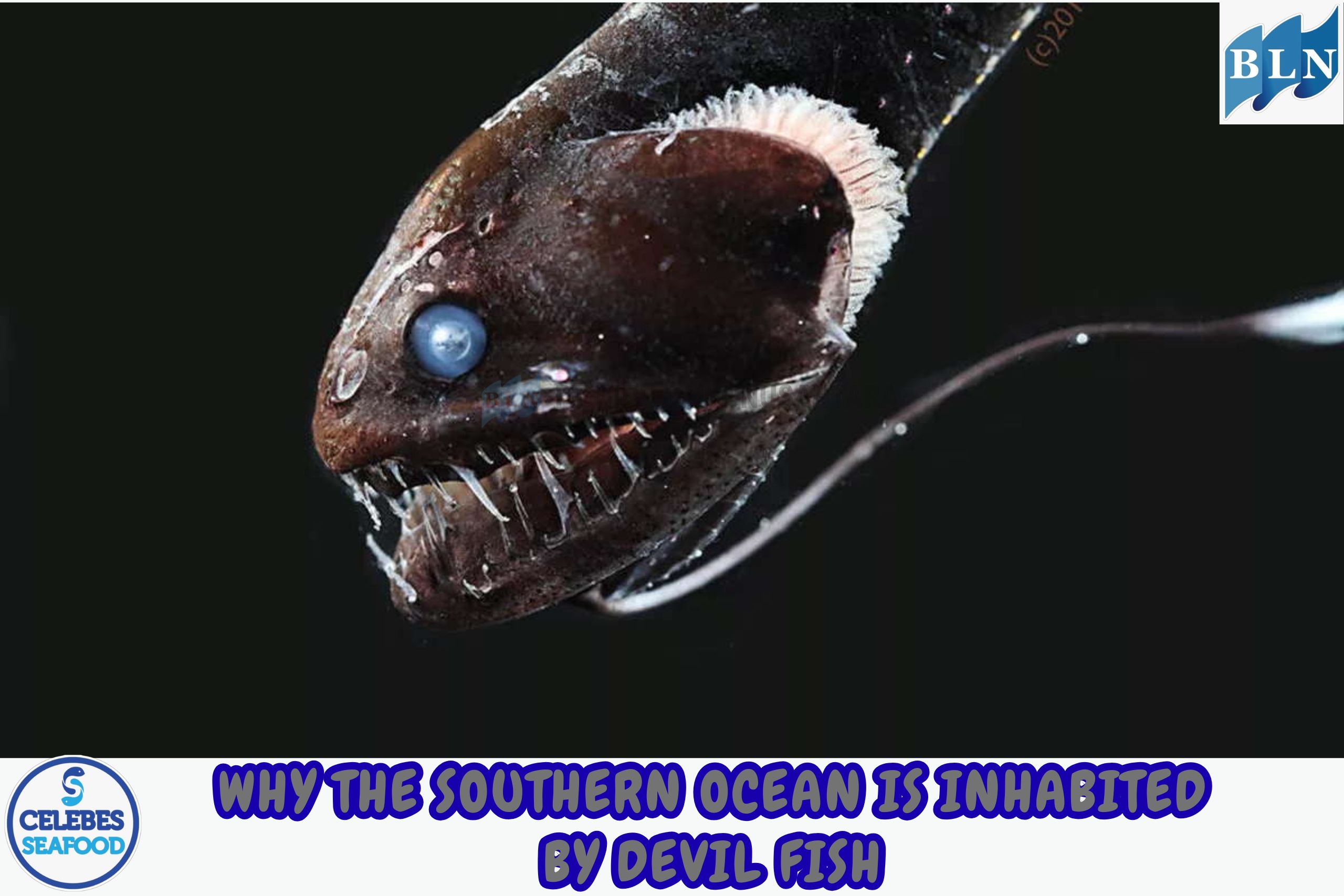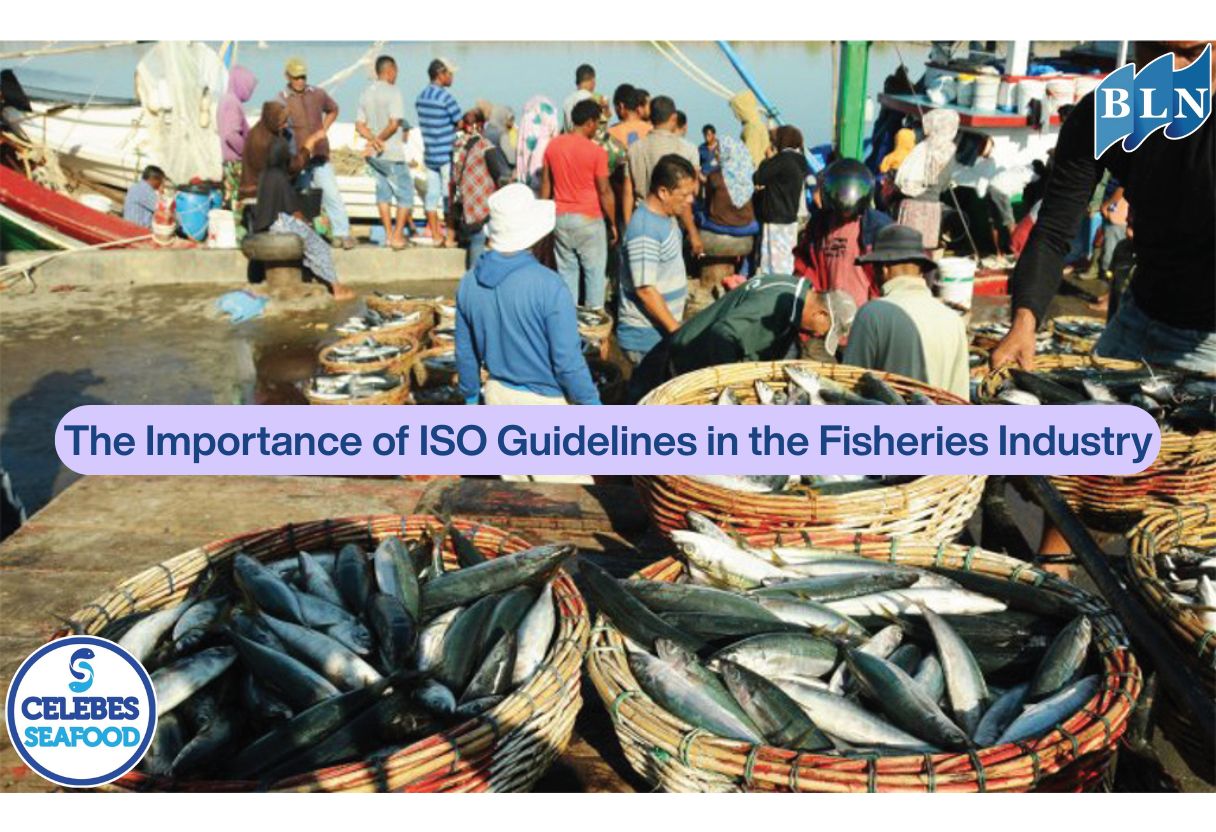This is How Increasing Fisheries Productivity Through Modern Technology
By. Edi - 17 Feb 2025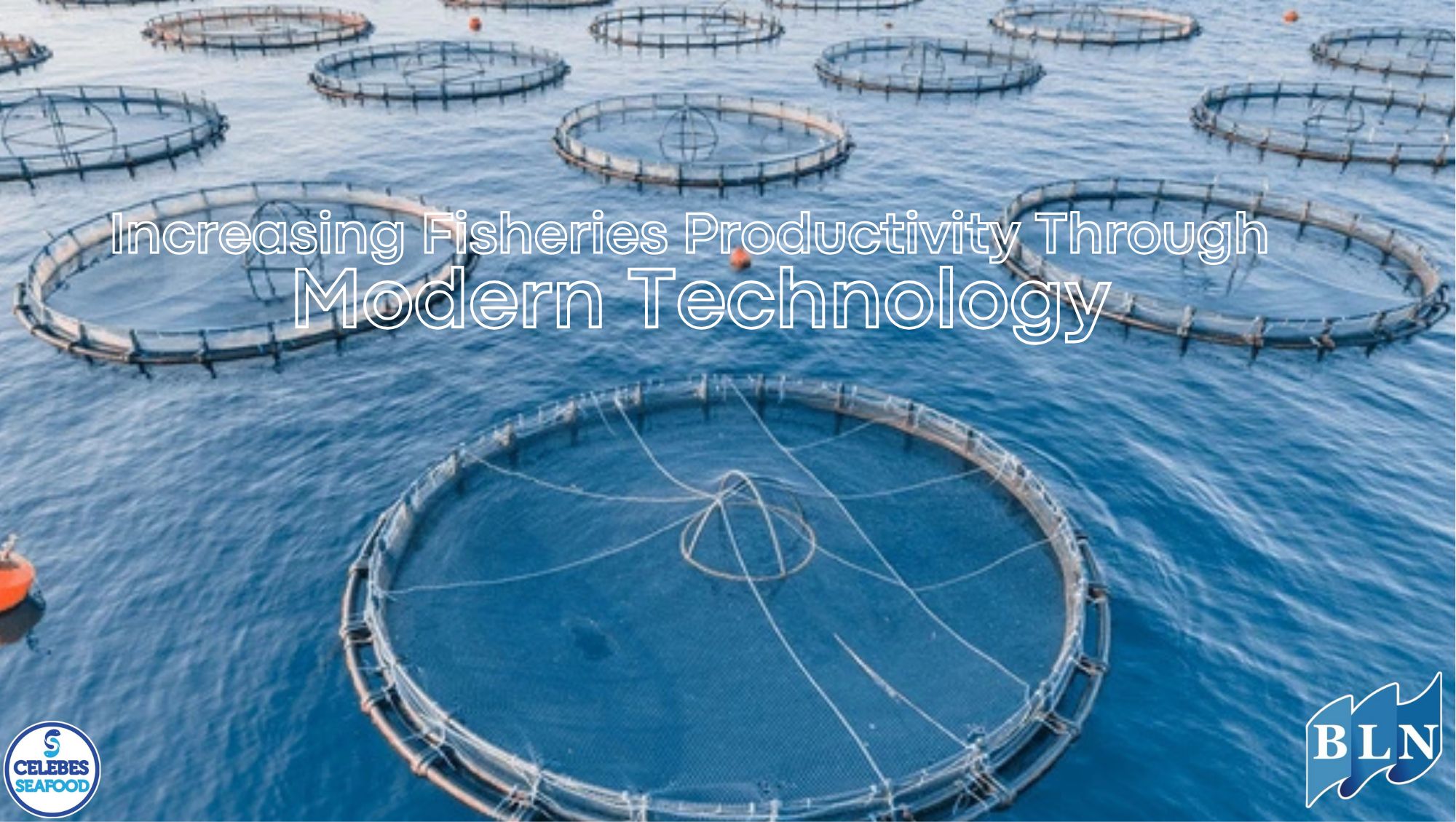
lautnusantara.com The fisheries sector is a crucial pillar of economic growth and food security in many countries, including Indonesia. However, challenges such as climate change, environmental degradation, and rising market demand require innovations to enhance productivity. Modern technology offers solutions to improve production efficiency, reduce environmental impact, and ensure the sustainability of fishery resources.
The Role of Technology in Enhancing Fisheries Productivity
Modern technology has revolutionized the fisheries industry, both in capture fisheries and aquaculture. Here are some key innovations that can boost productivity in this sector:
1. Technology in Capture Fisheries
a. Vessel Monitoring System (VMS) and Geographic Information System (GIS)
Vessel Monitoring Systems (VMS) and Geographic Information Systems (GIS) help fishers track vessel positions, identify legal fishing zones, and avoid conservation areas. This technology improves fishing efficiency while ensuring sustainable resource management.
b. Sonar and Echosounder Technology
Sonar and echosounder devices help fishers locate fish schools accurately, reducing operational time and costs. This technology also minimizes overfishing by enabling targeted fishing.
c. Environmentally Friendly Fishing Gear
Innovations in selective fishing gear and eco-friendly fish traps allow fishers to catch fish of the right size and species while reducing bycatch and preserving marine ecosystems.
2. Technology in Aquaculture
a. Internet of Things (IoT) for Water Quality Monitoring
IoT-based sensors enable fish farmers to monitor water quality parameters (pH, temperature, oxygen levels) in real-time via mobile devices. This automation helps farmers respond quickly to any changes that could affect fish health and productivity.
b. Biofloc: Water and Feed-Efficient Aquaculture Technology
Biofloc technology utilizes microorganisms to convert organic waste into additional fish feed. This reduces external feed dependency and enhances water efficiency in aquaculture systems.
c. Automated Feeding Systems
Sensor-based automatic feeding systems regulate feed portions according to fish needs. This technology minimizes feed waste and improves fish growth efficiency.
d. Genetic Improvement and Selective Breeding
Through genetic engineering and selective breeding, fish species with faster growth rates, higher disease resistance, and better feed conversion can be developed. Successful examples include high-yield tilapia and catfish varieties used in aquaculture.
Read also :The Flying Fish: Amazing Facts and Unique Features of this Extraordinary Marine Animal
3. Digitalization and Smart Fisheries
a. Fisheries Management Applications
Various digital applications now assist fishers and farmers in managing production, recording harvest data, and accessing wider markets. Some apps also provide real-time market price information, helping fish farmers maximize profits.
b. Blockchain for Transparency and Product Safety
Blockchain technology allows tracking of fishery products from source to market, ensuring supply chain transparency and compliance with international food safety standards.
c. E-commerce and Digital Marketing
Selling fishery products is now easier through e-commerce platforms. By leveraging digital marketing, fish farmers and fishers can sell their products directly to consumers, eliminating middlemen and increasing profit margins.
Benefits of Implementing Modern Technology in Fisheries
- Enhances production efficiency through automation and real-time monitoring.
- Reduces environmental impact with eco-friendly fishing gear and sustainable aquaculture.
- Maintains product quality in terms of freshness and food safety.
- Improves market access through digitalization and e-commerce.
- Boosts fishers' and farmers' livelihoods by lowering costs and increasing yields.
If you are interested in our MILKFISH WHOLE ROUND GARFISH FILLET BUTTERFLY, GOAT FISH BUTTERFLY HEAD ON, THREADFIN BREAM FILLET BUTTERFLY and OCTOPUS WHOLE CLEANED BALL TYPE please do not hesitate to contact us through email and/or whatsapp.
